As far as I understand, the Early effect increases the quiescent \$I_C\$ for a given \$V_{CE}\$.
At the same time texts treat this effect as a limiting factor for the gain.
Here is an excerpt from a text:
There is one additional quantity we will need on occasion, although it is not derivable from the Ebers–Moll equation. It is known as the Early effect, and it sets important limits on current-source and amplifier performance.
Another text says:
Does another mechanism in the circuit, perhaps in the transistor, limit the maximum gain that can be achieved? Indeed, the “Early effect” translates to a nonideality in the device that can limit the gain of amplifiers.
But the Early effect increases \$I_C\$ so it must also increase the transconductance which is $$g_m = \frac{I_C}{V_t}$$
So if I'm not mistaken, the Early effect causes an increase in the transconductance. But why then is it treated as if it limits the voltage gain?



